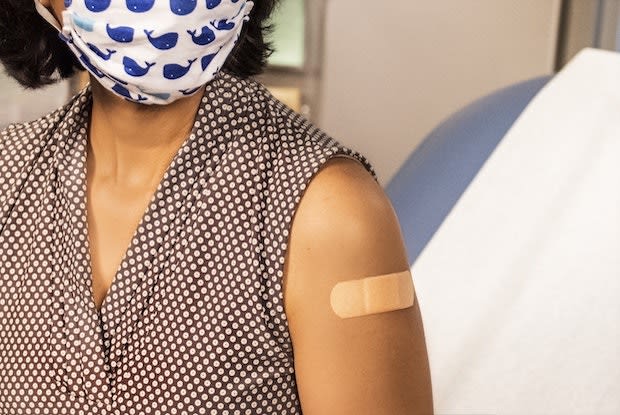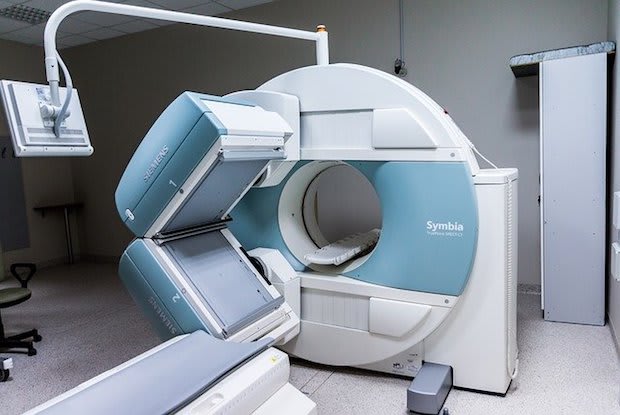Table of Contents
b. Blood Clots in the Arms or Legs
III. Diagnosis and Treatment Medications
Why do Blood Clots Occur?
Blood clots are a dangerous medical event that can occur for several reasons. Many health conditions can raise your risk of experiencing a blood clot, and it is essential to know if you are likely to develop one in the future. When a clot is identified, a doctor can easily treat it, but some may occur quickly and lead to serious disability or death. But why and how do these clots happen?
Normally, when the body suffers a cut, scrape, or internal injury, blood platelets rush to that part of the body to plug it up. This plug of platelets prevents excessive bleeding and helps heal the injury. But in some cases, these clots may form in the bloodstream due to a plaque buildup. Plaque is made up of cholesterol deposits that cause the arteries to narrow. If this happens for a long time, the plaque may rupture, and platelets will rush to the damage site and cause a clot. This clot may then travel to the heart, lungs, or brain and cause serious side effects. [1]
Blood clots can develop in vital areas of the body but may also occur in the legs, arms, and abdomen. Luckily, there are several medications available to assist in the prevention of blood clots, including Xarelto (rivaroxaban), Eliquis (apixaban), Elmiron (pentosan polysulfate sodium), and Coumadin (warfarin). Learn more about blood clots below.
There are two main types of clots. The first type is called a thrombus, which can be a stationary clot. These clots do not move and block blood flow. The second is known as an embolus. These clots may break loose, travel to other parts of the body, and cause serious complications. [2] Deep vein thrombosis is one of the most dangerous types of blood clots. These clots form in the body's major deep veins and can lead to clotting in the arms, legs, pelvis, lungs, or brain. Around 900,000 Americans are affected by DVTs every year, 100,000 of which are fatal. DVTs often do not have any major symptoms, which is why they can be quite dangerous. [3] The legs are the most common area for blood clots to develop, but arm clots are known to occur. Your symptoms of leg blood clots depend on the part of the leg affected. You will likely never have a clot in the arm and leg at the same time. Some people may experience no symptoms, while others have reported the following in either the arm or the leg: In some cases, your entire leg may swell up and redden. If you feel a noticeable pain in the leg or arm, you may want to seek medical care. [3] A blood clot in the lungs is also known as a pulmonary embolism (PE). If a blood clot occurs in the lung, it can lead to restricted blood flow and decreased oxygen levels in the blood. This type of blockage can be life-threatening if left untreated. The Mayo Clinic cites that one-third of people with a pulmonary embolism die if they do not receive immediate treatment. [4] These embolisms may occur for several reasons, including injury, inactivity, or prior medical conditions. Symptoms of PE may be sudden or occur gradually. Common symptoms can include: An ischemic stroke occurs when the blood supply to the brain is obstructed. Ischemic strokes are the most common, making up 87 percent of strokes. A cerebral thrombosis may cause these strokes due to plaque buildup in the blood vessel or a clot from another part of the body that travels to the brain. [5] You may be experiencing a stroke if you notice any of the following symptoms: It is essential to seek immediate medical attention if you notice any of these symptoms. The sooner you get help, the more likely you are to recover properly. [6] Abdominal blood clots may also occur due to deep vein thrombosis (DVT). Abdominal blood clots are less common but can be dangerous, especially if there are no notable symptoms. These symptoms may also depend on the size of the clot and how fast they form. Typical symptoms of an abdominal blood clot include: These symptoms may appear similar to other stomach problems, so make sure to tell your doctor if you have a history of clots so that they can assist in a proper diagnosis. Abdominal blood clots may also be a warning sign of undiagnosed stomach cancer, so make sure to see a doctor. [7] The heart is not as common a location for blood clots, but they are not unheard of. A heart attack will occur if a clot becomes lodged in one of the heart's chambers and restricts blood flow. If you experience this situation, your chest may start to hurt or feel heavy. Other common heart attack symptoms include: As mentioned above, several conditions have similar symptoms to DVTs or PE. Pneumonia is one such condition, so your doctor will do several tests to look for clots in the veins, lungs, heart, brain, and legs. You will likely undergo an MRI (magnetic resonance imaging), providing images of veins and clots. A D-dimer blood test may also be performed. This test involves releasing a substance in the blood that can detect if a clot has broken up. If the test is negative, then the person likely did not have a blood clot. If they do find a history of blood clots in your system, you may be prescribed an anticoagulant or antiplatelet drug to prevent future clotting events. [9] Medications like Xarelto (rivaroxaban) and Eliquis (apixaban) are factor Xa inhibitors. Factor Xa is a coagulation factor that causes blood to clot. These drugs work against this factor to prevent blood clots. Elmiron (pentosan polysulfate sodium) is an anticoagulant that reduces the risk of bruising and bleeding. Coumadin (warfarin) is also an anticoagulant that prevents blood clots from forming and traveling throughout the body. Talk to your doctor to determine the right blood thinner for you. [10] The content in this article is intended for informational purposes only. This website does not provide medical advice. In all circumstances, you should always seek the advice of your physician and/or other qualified health professionals(s) for drug, medical condition, or treatment advice. The content provided on this website is not a substitute for professional medical advice, diagnosis, or treatment.
Types of Blood Clots
a. Deep Vein Thrombosis (DVT)
b. Blood Clots in the Arms or Legs
c. Blood Clots in the Lungs
d. Blood Clots in the Brain

e. Blood Clots in the Abdomen
f. Blood Clots in the Heart
Diagnosis and Treatment Medications

